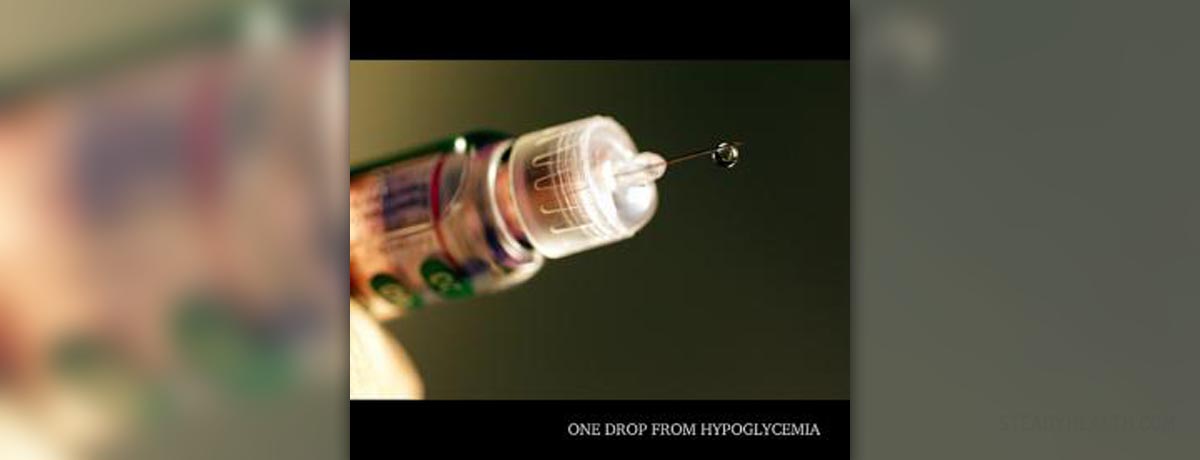
Hypoglycemia
The level of sugar in the blood is usually between 60 and 120 ml/dl, and all the values fewer than 60 are considered to be low blood sugar (hypoglycemia).
People suffering from diabetes mellitus may experience low blood sugar. The solution to this condition is to eat something that will quickly restore glucose in the blood.
Some other medical conditions might also cause low blood sugar. These are liver, heart and kidney problems, tumors, hormone imbalance, and lack of some enzymes in the body or a gastric bypass surgery. Adrenal gland disease can provoke hormone imbalance and lead to low blood sugar.
Medications are known to provoke low glucose levels, especially salicylates and sulfa drugs. In cases when drugs are the reason of hypoglycemia, consult your doctor. They might change the medication you have been using or stop the medication completely.
Symptoms of low blood sugar usually appear about 4 hours after the meal and include hunger sweating, weakness, fainting, dizziness and anxiety.
Eating Plan
Hypoglycemia eating plan is all about three meals and two snacks per day. Eating throughout the day will ensure the optimal level of your blood sugar. Don’t skip the breakfast and try to eat every day at approximately the same time.
Specialists recommended products such as fresh fruits and vegetables, low fat dairy products, poultry and fish and whole grains. Alcohol, processed food and food with added sugar should be avoided. Avoid excess physical activity for it may lead to low blood sugar.
Simple carbohydrates are the quick way to restore blood sugar. Diabetics are advised to take a candy, ice cream, fruit juice or a cookie when they notice first symptoms of hypoglycemia. However, simple carbs should not be the part of your everyday diet. Instead, use complex carbs, present in foods such as whole grains, brown rice, legumes, oats, sweet potatoes, spinach, and broccoli.
Eat food rich in fibers, because it will maintain sugar levels for much longer than fats or proteins.
If you want to dine in a restaurant or have a healthy hypoglycemic lunch - don’t worry. Simply choose the healthy option on the menu or low calorie sandwich, salad, yogurt or fruits.
It might be a good idea to buy a home glucose-meter. Test blood sugar every time you feel the hypoglycemic symptoms, but the optimal time to test is usually two hours after the meal. Your recordings will help you to maintain the optimal glucose level.




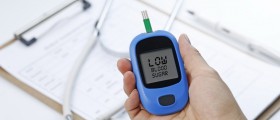


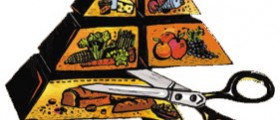

_f_280x120.jpg)
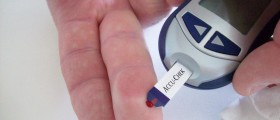

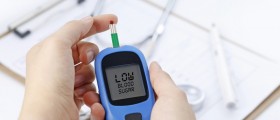




Your thoughts on this
Loading...